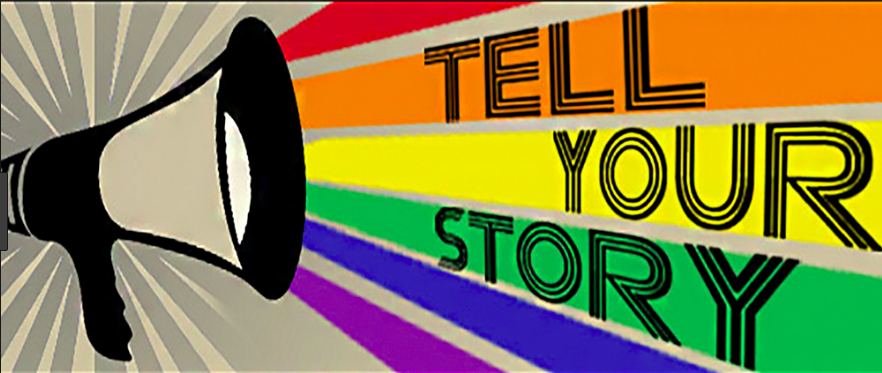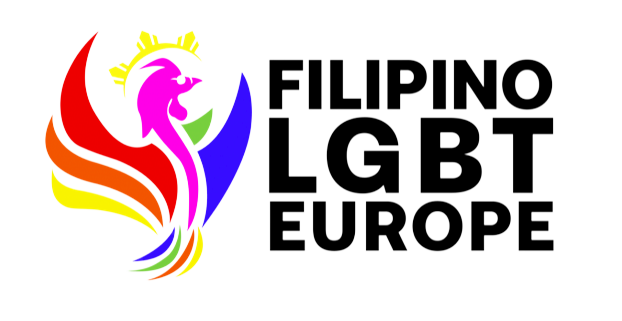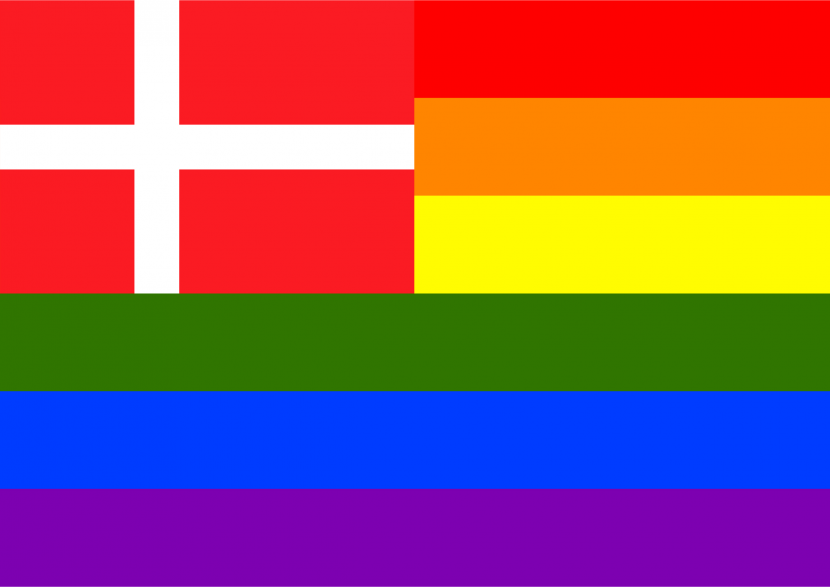In a country that was the first in the world to recognise same-sex partnerships in 1989, a Filipino tells his love story and how he has never felt discrimination during his time in Denmark.
by Hon Sophia Balod, feature image by Hirnlichtspiele
Alvin Tuling, 37, has always been reserved and shy. He admits he is not as openly gay as some of his friends are. He wears typical men’s clothes and tries to “act like a man.”
“I do not like drawing attention to myself,” he says.
Tuling comes from the Philippines, a country populated mostly by Catholics. There, being gay comes with a price of stereotyping and sometimes discrimination. Perhaps this was the reason why he has never been open about his sexuality.
Moving countries, a life-changer
Everything changed after Tuling moved to Denmark two years ago. “I have never experienced discrimination and all are treated equally,” he says.
As he began to understand his sexuality even more, Tuling started exploring online dating sites. This was where he met Morten Nielsen, a Dane. They met, fell in love and got married. “He is a natural and honest man. My family did not have any problems that I have chosen to marry Alvin. There are some practical challenges, like learning the language and culture, but I think these challenges make both of our lives richer,” Nielsen says.
For Tuling, Denmark has lived up to its reputation of being one of the most gay-friendly countries in the world, and a forerunner in liberal acceptance of the LGBTQ community.
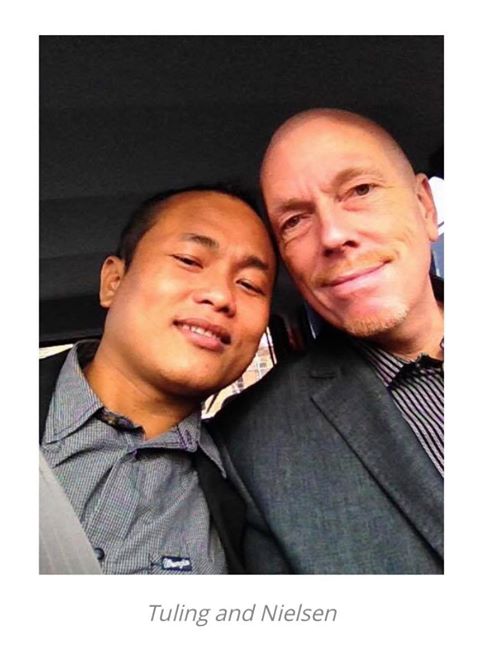
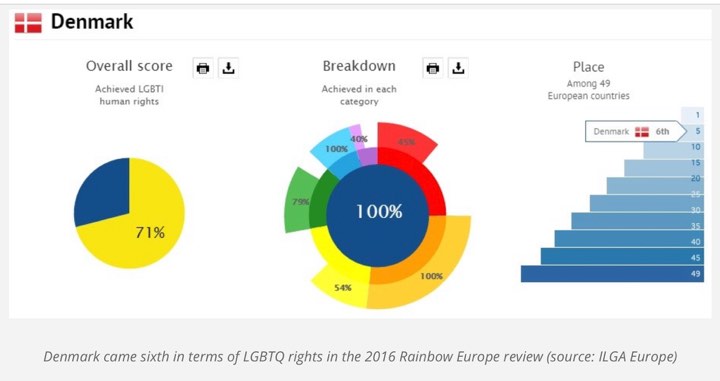
Challenges to the LGBTQ community
Despite the high ratings in the Rainbow index, ILGA believes that Denmark needs to address some challenges that still persist today.
The same sentiment is echoed by Sabaah, an association supporting minority ethnic LGBTQ individuals in Denmark. Sabaah spokesperson Fahad Saeed says that the government has been slow in identifying and responding to hate crimes and hate speeches against the LGBTQ community.
In 2015, the Office for Democratic Institutions and Human Rights reported a total of 198 hate crimes in Denmark as recorded by the police. Racism and xenophobia were the most commonly cited motivations for hate crimes, followed by bias against Muslims, and bias against LGBTQ people. A total of 31 cases have been reported as hate crimes against the LGBTQ community.
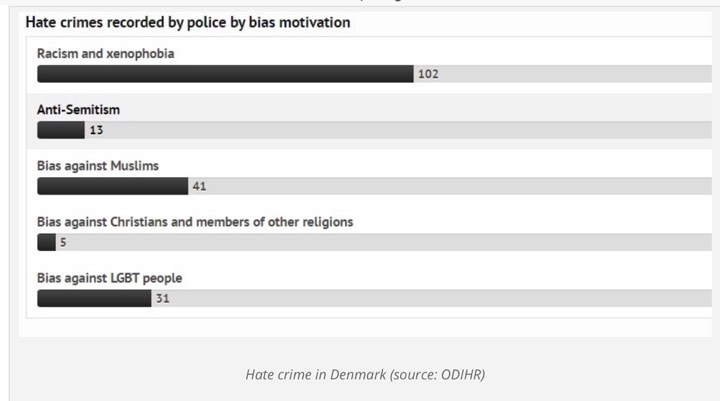
“It is hard to get a structure to recognise hate crimes. Police are not sensitive enough to recognise these issues. Another problem is that not many people come forward to report them,” Saeed says.
The LGBTQ community is also more prone to be abused than heterosexual men or women. In a study conducted by the National Institute of Public Health, one in three lesbian or bisexual women experienced sexual violence, while one in five have considered suicide. Only one in every 12 heterosexual people surveyed considered suicide. Surveying 8,500 Danes, the study’s overall findings noted that “non-heterosexual Danes reported higher degrees of sexual and/or psycho-social distress than heterosexuals.”
“Even though there is a general tolerance for LGBTQ, there is a still a big difference in the living conditions of the LGBTQ community compared to heterosexuals. All this points to inequality,” says Saeed.
Successful transition
As the Danish LGBTQ community faces its own multiple challenges in society, immersion and transition can prove to be even more difficult for gay foreigners and refugees.
But there is always a way to cope. Sameer Kanuga originally hails from Mumbai, but is now a Global Brand Manager working in Denmark. Back in India, coming out proved to be difficult for Kanuga, who constantly had to battle self-hate and fear of prejudice in society.
Having lived in London and Aarhus for several years, he realised a more liberal society has helped him to better understand and accept his sexuality. “I’m completely out here. No one cares. I would not have been able to come out in a hostile environment. They are very open-minded and liberal. They are very keen to understand how things are in India,” he says.
For Kanuga the secret to a successful transition is not that difficult; it’s about being yourself. “Don’t be afraid of asserting your identity. If you’re brown and gay, don’t be afraid to speak your mind, because you have equal rights. Your opinion counts just as equally as that of a white heterosexual man,” Kanuga explains.
Language also plays a crucial role if you want to integrate in Danish society. While English is widely spoken in the country, companies and schools put high premium and importance on learning the language.
“Learn to navigate the language. When it comes to getting benefits, an education or a job, not knowing Danish is something that is frowned upon and can hold you back,” Kanuga affirms.
A road with hope, but under construction
Tuling and Kanuga prove that successful integration in a foreign country is possible regardless of race or gender. They consider themselves lucky to be living in a gay-friendly country.
But there are still challenges to face. The road to gender equality is still under construction. A high rating in the Rainbow index does not mean that the LGBTQ community can let its guard down. Hate crimes, hate speeches and discrimination still exist, and while these problems are still lurking, the vigilance continues.
Note: This article was first published at http://www.jutlandstation.dk
